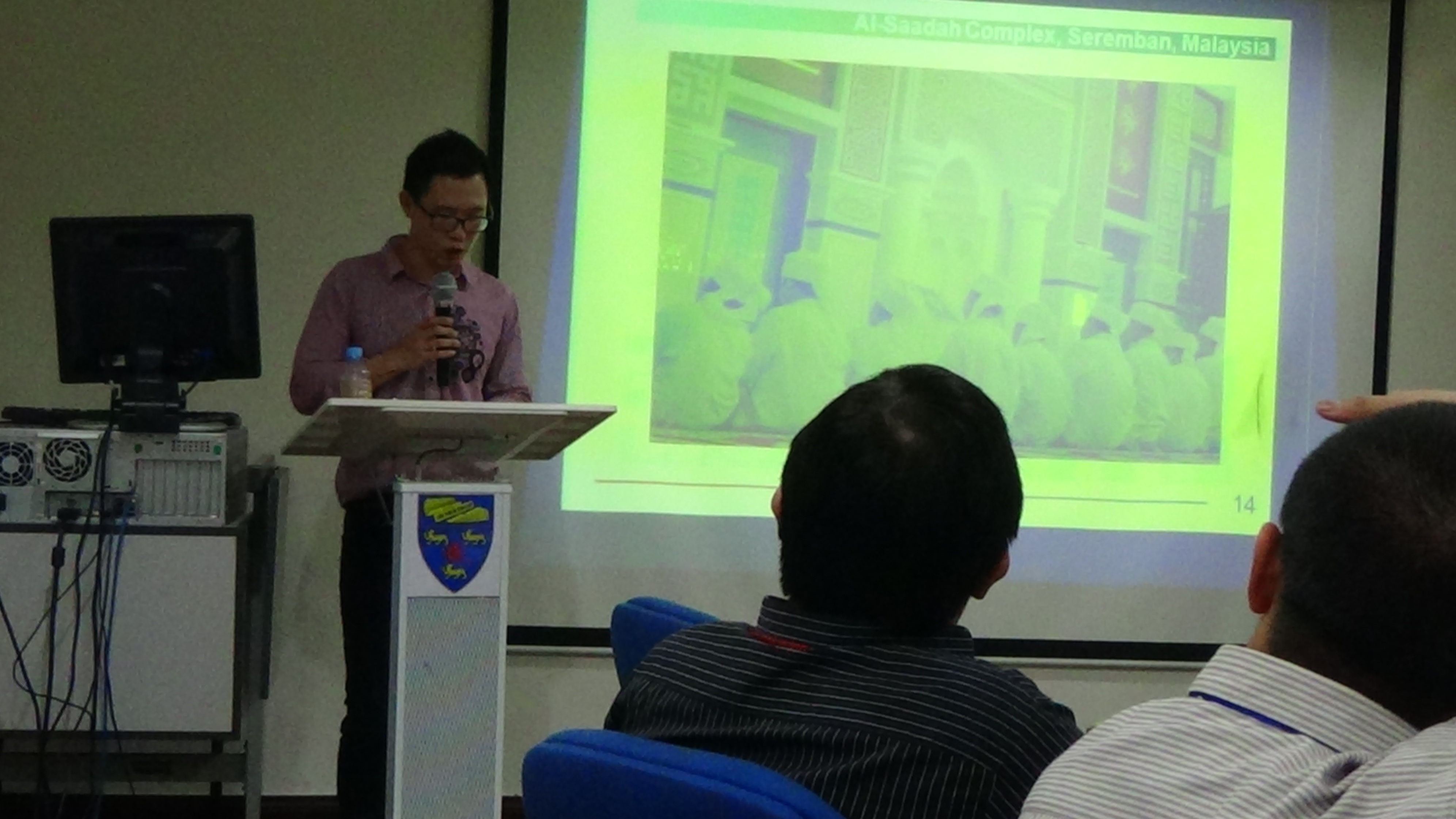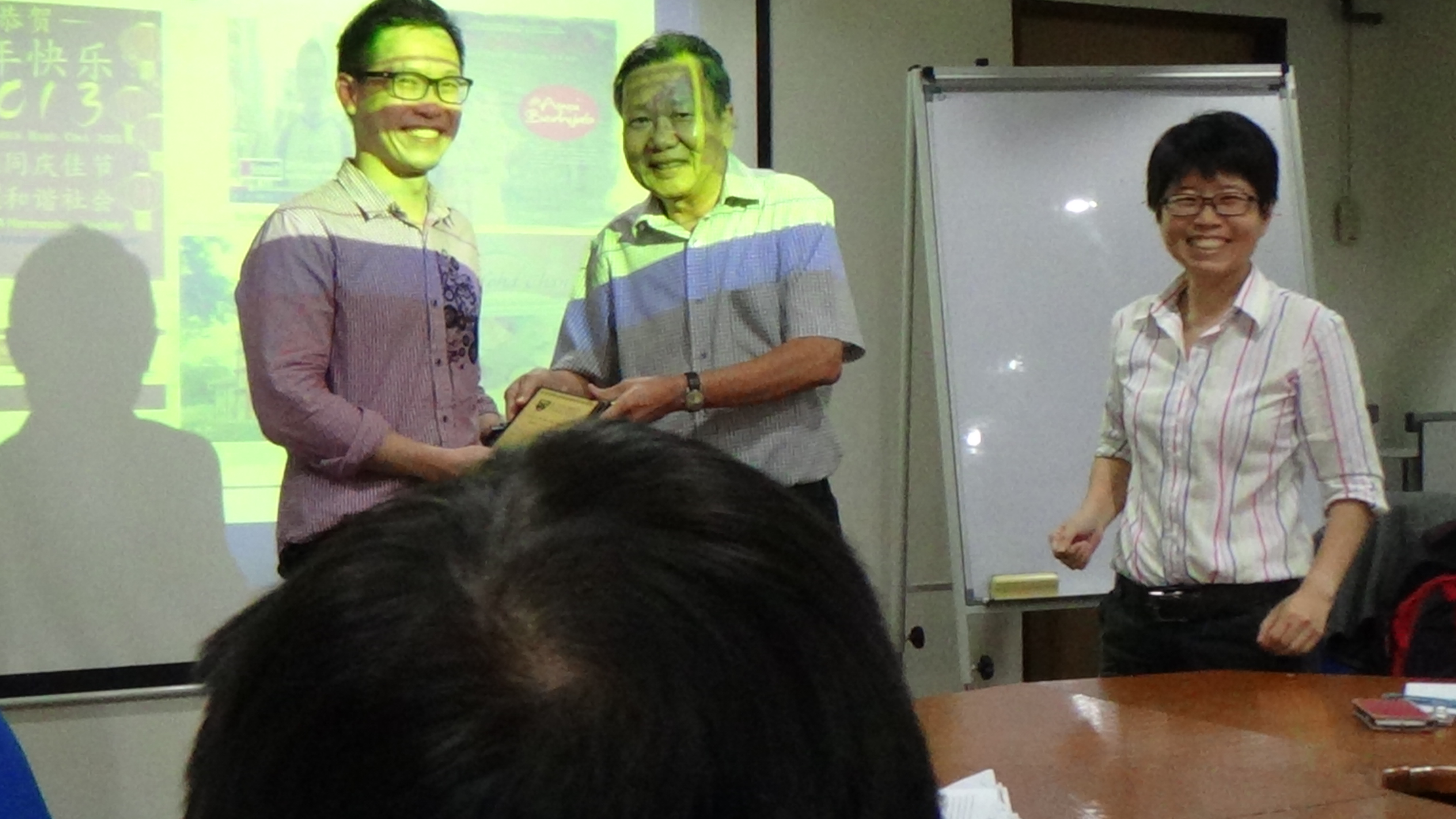11-11-2016 Sensational Forms of Cultural Dakwah: Chinese Muslim Identities in Contemporary Malaysia
MCRC Seminar: Sensational Forms of Cultural Dakwah: Chinese Muslim Identities in Contemporary Malaysia
Speaker: Dr Hew Wai Weng
Visiting Research Fellow
ISEAS-Yusof Ishak Institut
Singapore
Date & Time : 3pm-5pm, Friday, 11 November 2016
Venue: Bilik Mesyuarat Dekan 2
Faculty of Arts and Social Sciences
University of Malaya
Dr Hew Wai Weng, Visiting Research Fellow at Singapore’s ISEAS-Yusof Ishak Institute, shared with his audience “Sensational Forms of Cultural Dakwah: Chinese Muslim Identities in Contemporary Malaysia”. Dr Hew, author of Chinese Muslim Identities in Malaysia: Boundary-making, Identity Negotiation and Cultural Hybridity (UKM Press, 2014), presented his fascinating ethnographic findings on 11 November 2016. He’s currently working on ‘Religious Gentrification: Islam, Middle Classes and Place-Making in Urban Malaysia and Indonesia’.
Dr Hew’s presentation focused on the intersection between ethnic identity and religious identity by using Chinese Muslim in Malaysia and Indonesia as a case study. In the past, Chinese Malaysians who converted to Islam were assumed to lose their Chineseness and to become Malays. Dr Hew argued that there is an emerging expression of Chinese Muslim cultural identities, exemplified by the growing number of Chinese-style mosques, Chinese halal restaurants and Chinese converts-turned-preachers.
Unlike conventional dakwah activities, which targeting at strengthening the faith of Malay Muslims, Chinese Muslims dakwah activities aims to universalise Islam and invite non-Muslims to get closer to Islam. In order to challenge the perceived incompatibility between Islam and Chineseness, they creatively use Chinese cultural symbols and contents in their preaching. Differentiating Chinese ‘cultural’ traditions from ‘religious’ practices, Chinese Muslims argue that Chinese culture does not contradict with Islamic principles, instead can facilitates the spread of Islamic messages. His presentation illustrated how Chinese Muslims used mosque architectures, cultural celebrations, street events, social media, food and fashion to conduct their cultural dakwah. He also highlighted material, aesthetic and spatial approaches to understand their identity formation and negotiation.






